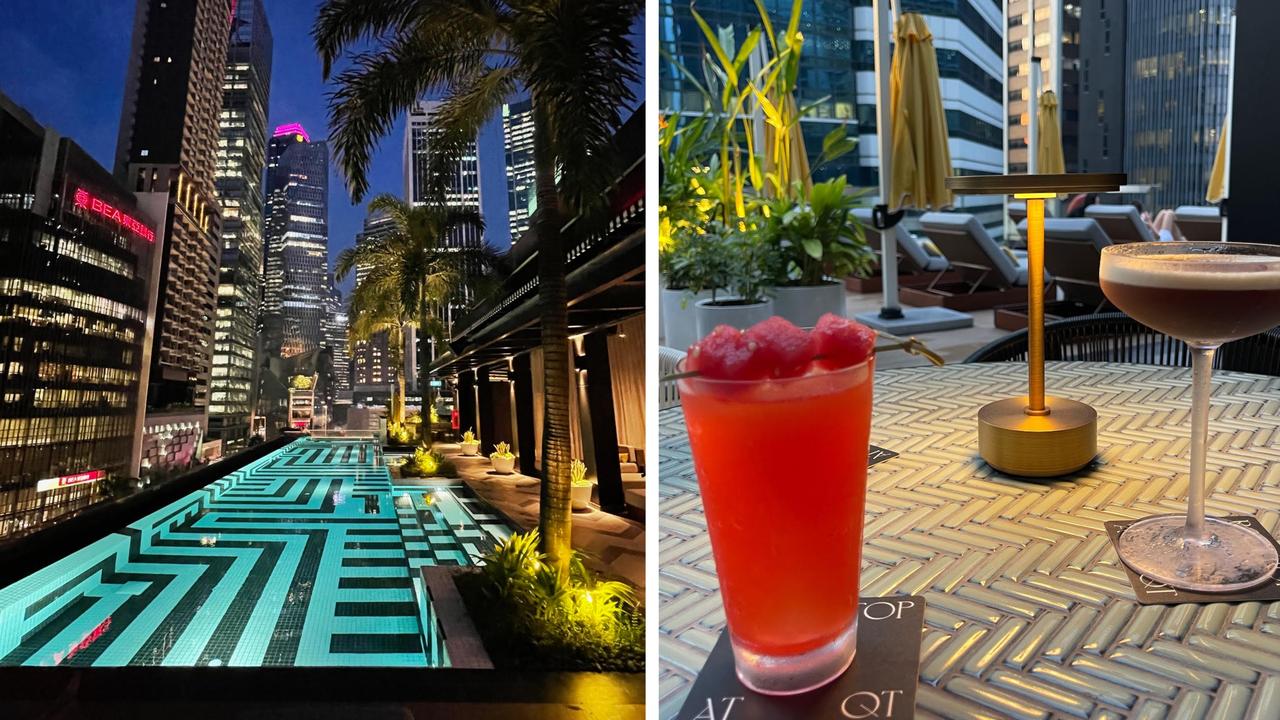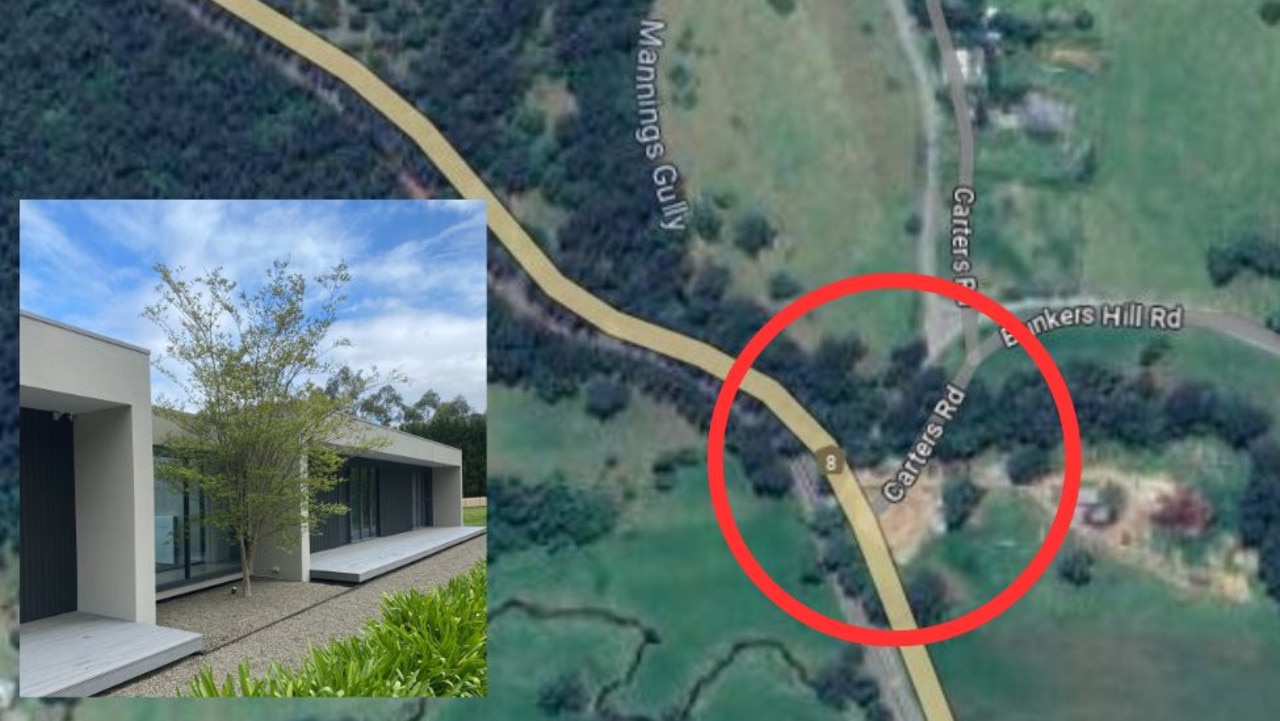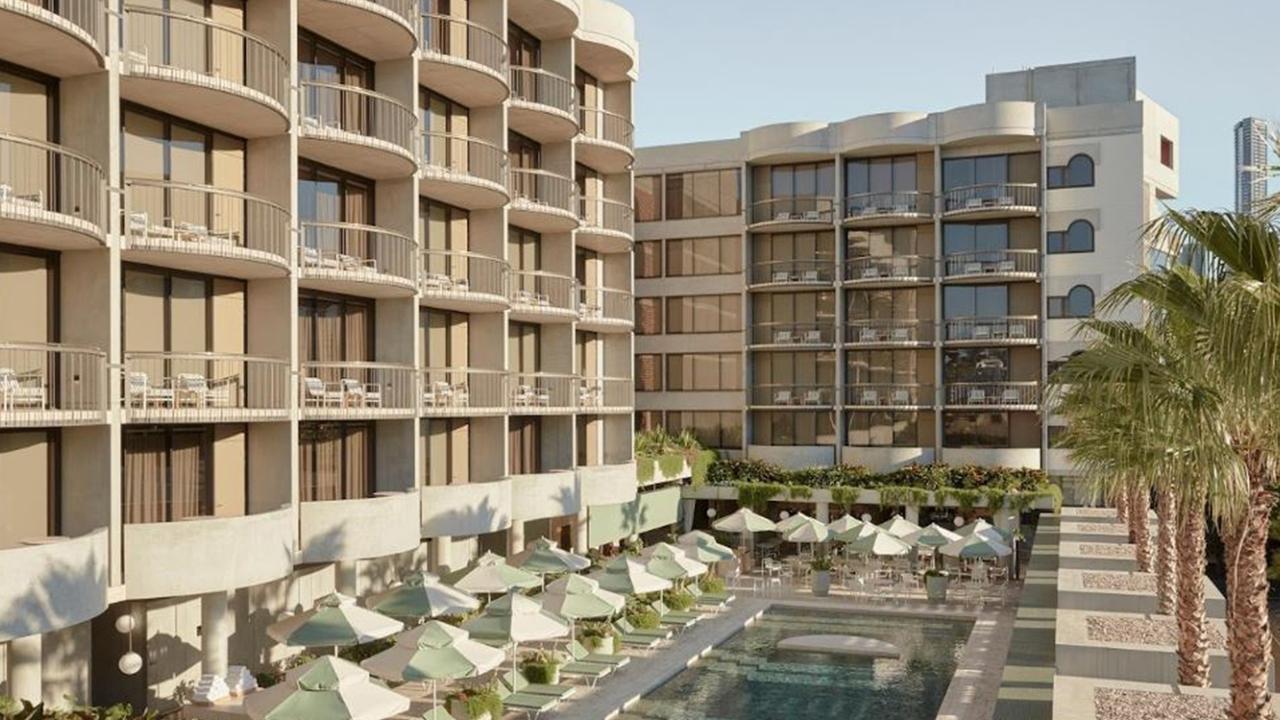Australia needs more five-star hotels to lure international tourists, says Federal Tourism Minister
AUSTRALIA needs 16 new five-star hotels a year if it’s to keep up with demand from overseas tourists. But do we have enough?
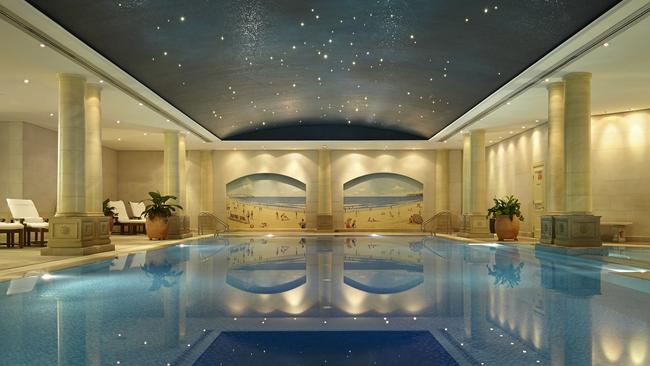
AUSTRALIA needs 16 new five-star hotels a year if it’s to keep up with demand from overseas tourists who see the country as a premium brand.
The inaugural Destination Australia conference in Sydney yesterday heard international visitors are set to book more rooms than locals within the next five years and the industry needs to “be ready”.
Federal Tourism Minister Andrew Robb urged operators to “raise their eyes” and embrace the opportunities presented by the flourishing Chinese and Indian holiday markets.
“For the first time in history we’re at the centre of things, and not as Paul Keating said “down at the arse end of the world”,” said Mr Robb.
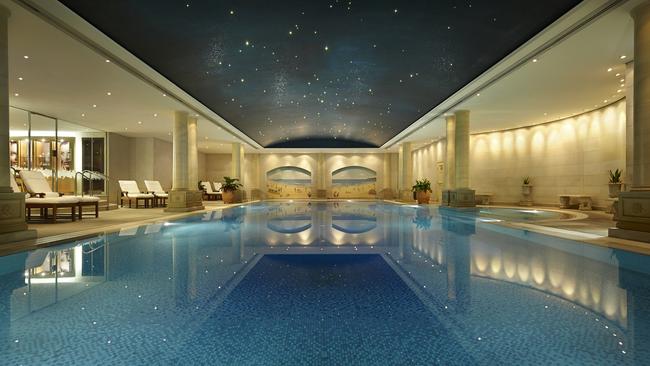
“I do think we’re in a good place but there’s so much more we can do to capture that opportunity.”
He said on current “conservative” projections, Australia would need 80 new hotels by 2020, and the equivalent of an additional 120 A380 services a week to keep up with demand from overseas visitors.
An estimated 200 million Chinese people are expected to leave home for a holiday by then, twice the number who travelled overseas last year, 800,000 of whom headed down under.
“If we got just another 800,000 (Chinese tourists) I’d fear we’re a long way short of coping with that opportunity,” Mr Robb said.
His preference was for new “five or six-star hotels” to be built to help promote Australia as a premium brand.
“Sixteen five-star hotels a year has never happened before and it’s a huge issue, and a real dilemma but a wonderful challenge,” he said.
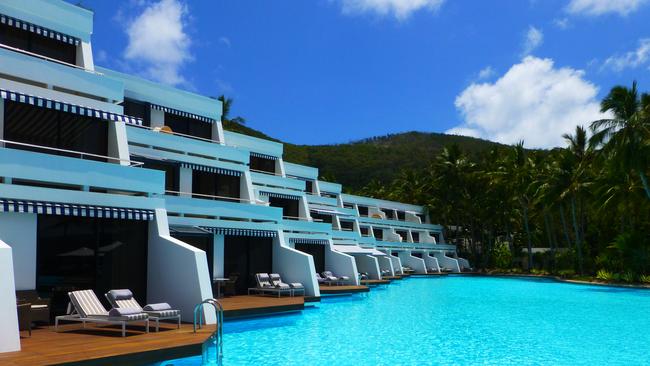
Tourism Accommodation Australia acting director Carol Giuseppi said the areas most in need of more rooms were Sydney and Melbourne where “huge growth in occupancies” was driving up room rates.
“In Perth, they’re maintaining occupancies but their rate has not performed as well, and Brisbane is at a stage where it has had a lot of new supply and it is also maintaining occupancy but at the expense of rate,” Ms Giuseppi said.
“Then you’re seeing cities like Hobart and Adelaide continuing to track higher occupancies and rate growth.”
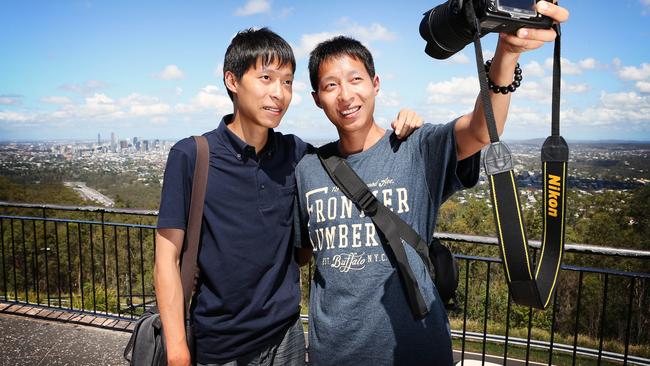
Rather than a total focus on five-star product, Ms Giuseppi said a “diversity of supply” was needed in order to meet a diversity of demand.
“You still need the three-star and other sorts of accommodation,” she said.
Deloitte Access Economics partner Professor Ian Harper told the conference Australia’s tourism industry was in a sweet spot as a result of the weakening dollar, lower oil prices and growth in Asian markets.
He said research had found the dollar’s easing would “induce inbound travel but mostly only change outbound patterns” with Australians choosing cheaper destinations for shorter periods.

